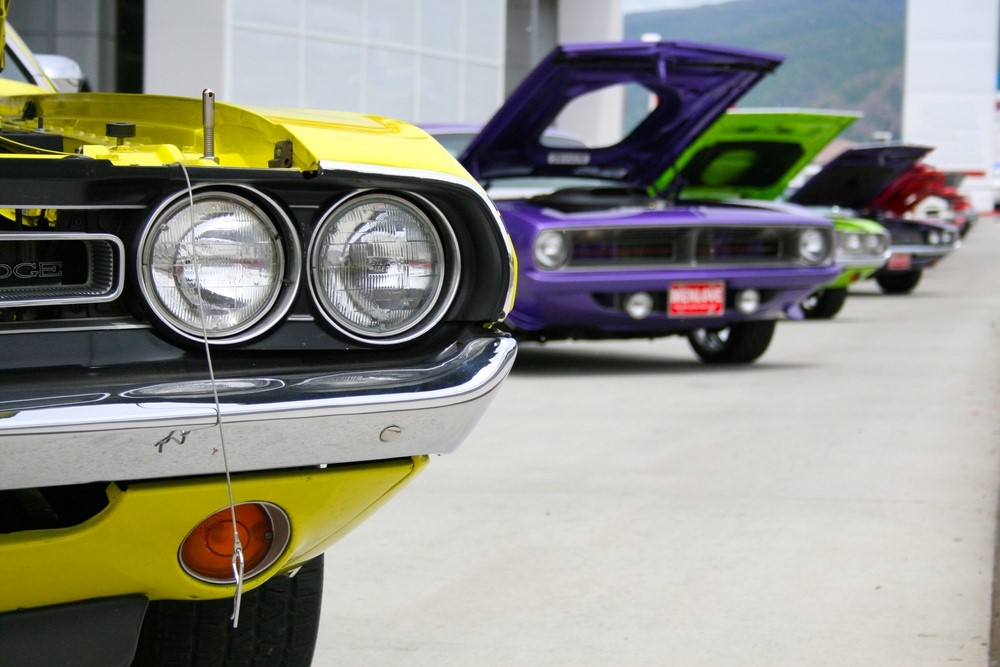Automotive: Key Insurance Considerations for Classic Car Collectors
Are you a vintage car collector? For some, collecting and preserving classic cars is a rewarding hobby, providing opportunities to attend auto shows and present your treasures to like-minded car enthusiasts.
Due to the value associated with vintage and classic cars, it makes sense to obtain insurance for classic cars. But you might be wondering what some of the key insurance considerations are for classic vehicles. This article will share what they are, so continue reading to learn more about this interesting topic.
Market or Agreed Value?
Naturally the first question for any classic car collector is ‘what cost value should I be insuring my cars for?’. Generally speaking, when insuring your classic car, you’ll probably have to decide if you insure it for market value or the agreed value. Market value is the average of the sales price of your particular make and model over a certain period. It will also factor in the car’s condition, odometer reading and other factors that cause depreciation.
However, agreed value is when you and your insurer agree on the value of your vehicle and that they will pay that value out to you in the case of theft, accident causing a write-off or other loss incurred by the insured party. In the case of classic cars, agreed value is always better, as this way, you’re guaranteed to be able to replace your classic car or at least not be financially worse off in the case of a payout.
Usage and Mileage Limits
One of the primary disadvantages of owning a classic car is that you’re typically not allowed to drive the vehicle on public roads during particular times of the week. Classic car insurance policies or vintage car club membership requirements can both outline restrictions on how often and for what purposes the car can be used. For example, your policy may limit your driving to occasional pleasure use or shows rather than daily commuting to work or running errands.
In addition, some insurers set annual mileage limits (e.g., 3,000 to 5,000 kilometers a year) and won’t insure you if you plan to drive more than this each year. If you drive your classic car regularly or plan on using it for long road trips, be sure to discuss mileage limits with your insurer to avoid any potential penalties or a policy cancellation that would see you left uninsured.
Restoration and Modification
If your classic car has been or is being restored, by yourself or a third party, it’s important to factor in the total cost of this restoration when valuing the car for insurance purposes. Some premium insurers may offer coverage for the restoration process or may allow you to adjust the coverage as restoration progresses until your car is road-ready and in perfect driving condition.
If you’ve made modifications to your classic vehicle (such as performance upgrades, custom parts or other modifications), ensure that your insurer is aware of these. Some insurers may require you to list these modifications on your policy to ensure full coverage in case of a loss. If you haven’t disclosed the changes or modifications to your classic car, it could affect your claim settlement payout if you have to make a claim on your insurance.
Storage and Security
Classic car insurers may have requirements for how your classic automobile is stored. Typically, the car must be kept in a secure, enclosed garage or storage facility when not being driven in order to reduce the risk of theft or damage.
Some insurers may offer discounts on your policy if you have advanced security features, such as GPS tracking devices, alarms, or other anti-theft technologies installed in your vintage or classic car. This is especially vital for rare or highly sought after classic car models, like classic racing cars.
Weather Coverage
Since classic cars are more vulnerable to weather-related damage (e.g., hail, flooding, or cyclones), comprehensive insurance coverage is critical. Ensure that your insurance policy covers any damage that natural disasters, vandalism, and other non-collision incidents could cause. Also, if you’re based in or travelling to areas with extreme weather conditions, make sure your policy provides adequate protection for damage caused by harsh climates.
Valuation and Documentation
To ensure you receive the full value of your classic car in case of a claim, keep detailed records of its condition, history, and upgrades. Photographs, receipts, and restoration records are essential in proving the car’s value to your insurer. Some insurers may also require an appraisal from a professional valuer before issuing a policy for a classic vehicle. Appraisals should be updated regularly, especially after major restorations or upgrades that you may do.
Consider Roadside Assistance
If your classic car breaks down, a stock standard roadside assistance plan may not be sufficient. It’s worth looking into specialized or premium towing and roadside assistance coverage tailored to classic cars. This ensures that the towing company has experience with these types of vehicles and can transport them safely without causing damage in the case of a breakdown.
Enter the World of Classic Car Collecting with the Utmost Confidence
With all these considerations made, you should be able to collect and care for classic cars with minimal stress. Alongside following the tips outlined above, however, be sure to routinely reassess your insurance policies, storage facilities, and maintenance schedules for your classic vehicles. By maintaining a proactive approach to caring for these timeless investments, you can make sure your classic cars stay in optimal condition and can even maintain optimal performance, whether it be for parades, auto shows, or just leisurely weekend cruises.
